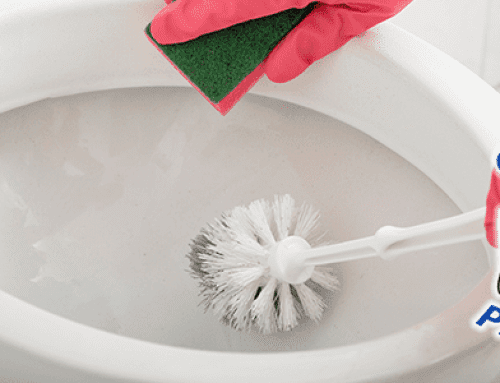“Slab leak” is a term that homeowners are taught to fear, but relatively few people understand to full implication. This week, we are aiming to change that. Join us as we discuss slab leaks and the problems that they can cause. Additionally, learn what the heck a slab leak even is.
So What Is A Slab Leak?
First, let’s address the “slab” in “slab leak.” Homes in Florida (and the United States in general) sit on a foundation. Construction professionals lay gravel and pour concrete over it, thus creating a smooth slab to build the house on.
A slab leak is when something goes wrong with the plumbing in a home and it leaks under the slab. Obviously, this presents a huge challenge. Primarily because the plumbing below the slab is very difficult to get to. Every access plan is either invasive, time consuming, or both.
What Causes Slab Leaks?
Corrosion
Corrosion is when an internal force wears away the pipe. It wears at the plumbing until there is a hole. Obviously, a hole in a pipe means a leak.
Abrasion
Abrasion is when an external force wears away the pipe. The pipe rubs up against another pipe or some rebar until it weakens or a hole forms. Once again, the leak forms.
Pressure
Plumbing under the slab has quite literally a whole house sitting on top of it. If anything causes the soil around the pipes to shift in weird ways, it essentially crushes the pipe.
Improper Installation
Unfortunately, not every plumbing company is on the up and up. The plumbing under a home requires precision and dedication, to avoid situations like a slab leak. If a plumber cuts corners with cheap supplies or a rushed installation, it oftentimes leads to issues for homeowners down the road.
Signs Of A Slab Leak
- Abnormally high water usage, which most people notice when they get an abnormally high water bill.
- Cracks in the walls or ceiling due to the foundation changing position.
- The sound of running water when nobody is using water in your home.
- Puddles that seem to come from nowhere inside and outside the house. Typically, the leaks occur near plumbing fixtures.
- Mold is a sign of leaks in general. Slab leaks most often generate mold under carpeting.
Options For Fixing A Slab Leak
- Repipe the entire house: This is most common in old homes. It is definitely the most expensive solution.
- Repairing only the damaged section: There are two main ways to go about this option. The best path is to replace the portion of leaking pipe. However, plumbers also have the option to use the same pipe and reseal it from the inside with waterproof lining.
- Reroute the pipe: Usually, this happens when there’s an issue with too much pressure. Plumbers often reroute it aboveground.




